Cao Bang is a stunning mountainous province in the Northeast of Vietnam, located about 280 km from Hanoi and bordering China. Famous for its untouched landscapes, scenic mountain passes, sparkling lakes, and impressive caves, Cao Bang is a year-round destination that offers unique experiences in every season. In this guide, we’ll explore the best time to visit Cao Bang, break down Cao Bang weather by season, and share tips for planning your trip based on what you want to see and do.
1. Cao Bang weather by season
Cao Bang has a diverse climate influenced by its mountainous terrain. Each season brings something special, from vibrant wildflowers in spring to majestic waterfalls in summer and golden rice fields in autumn.
Spring (February to April) in Cao Bang is cool and refreshing, with temperatures ranging from 12°C to 23°C. This period is perfect for outdoor adventures like trekking, hiking, and cycling. Rainfall is relatively low in spring, making it an ideal time to explore the region’s mountainous terrain. While the Ban Gioc Waterfall has less water compared to other times of the year, the surrounding landscape bursts with vibrant wildflowers and lush greenery, creating a dreamlike setting for nature lovers and photographers alike.
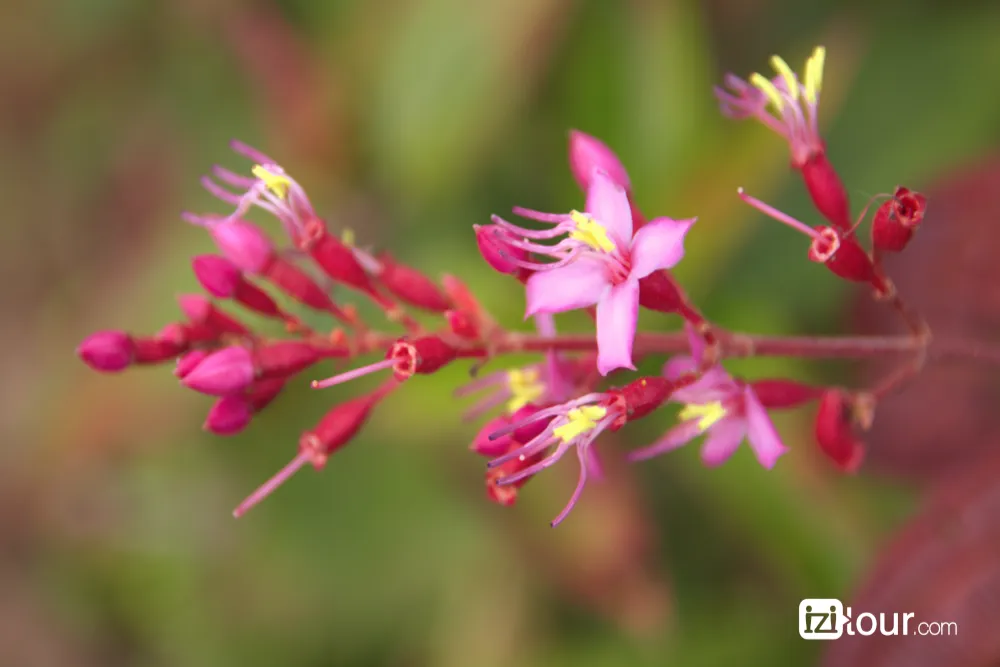
Wild flowers in spring
Summer (May to August) brings warmer temperatures, usually between 25°C and 35°C. Though this is the rainy season in Cao Bang, the province remains cooler than many of Vietnam’s major cities due to its higher altitude. The rain also contributes to the dramatic beauty of Ban Gioc Waterfall, which reaches its most powerful and awe-inspiring flow during these months. However, heavy rains, especially in June and July, can affect travel plans, so visitors should prepare accordingly and monitor weather conditions if they plan to explore remote areas.
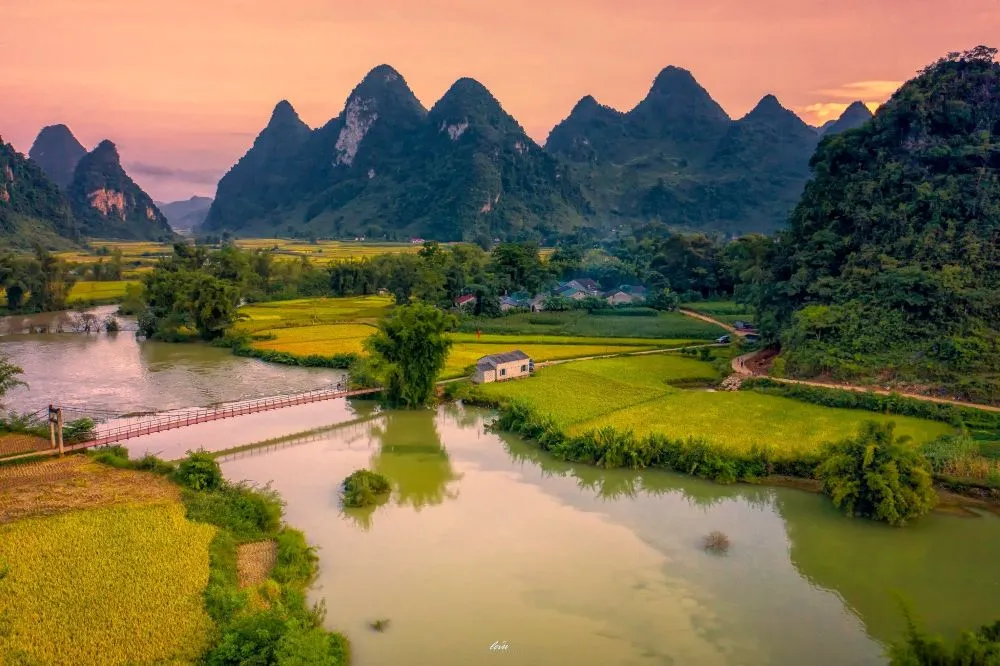
Phong Nam ripe rice season by photographer Cao Ky Nhan
Autumn (September to October) is widely considered one of the best times to visit Cao Bang, thanks to its pleasant weather and breathtaking landscapes. Temperatures during this season range from 18°C to 30°C, and the skies are generally clear. This is the season of golden rice fields and blooming buckwheat flowers, which paint the valleys and hillsides in soft purples and golds. The climate is ideal for trekking, sightseeing, exploring cave, enjoying outdoor activities, and many local festivals take place during this time, adding cultural richness to your journey.
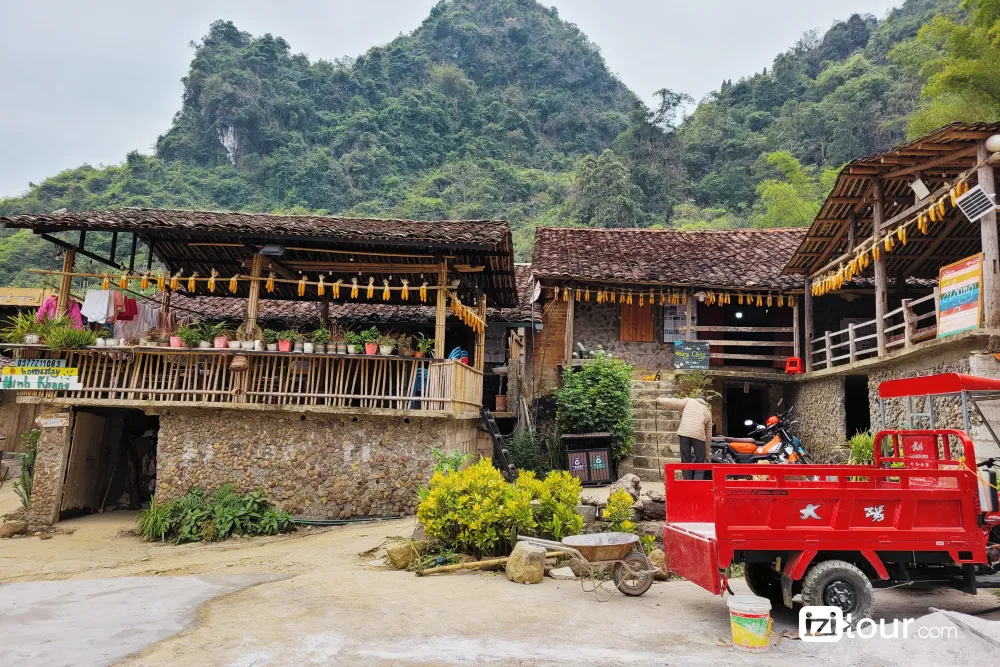
Winter (November to January) in Cao Bang is cold and often misty, with daytime temperatures ranging from 10°C to 18°C, and dropping below 5°C at night in some highland areas. Despite the chilly air, this season has its own charm. The mountain scenery becomes more dramatic under layers of fog, and wild sunflowers as well as purple-pink buckwheat flowers continue to bloom in some areas. Trees surrounding Thang Hen lake and passes take on warm autumn hues, creating a painterly effect that draws in photographers and solitude seekers. If you enjoy crisp air, fewer crowds, and a peaceful atmosphere, winter can be a magical time to visit.
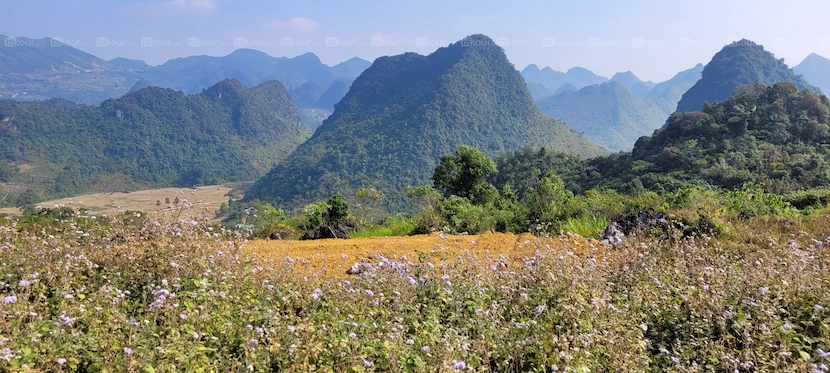
2. Best places to visit in Cao Bang by season
2.1. Ban Gioc Waterfall: When to visit for the best views
Ban Gioc Waterfall has earned its place among the most beautiful waterfalls in Southeast Asia and ranks as the fourth-largest waterfall globally. Positioned at the intersection of the China-Vietnam border, Ban Gioc is a breathtaking sight resembling a pristine white silk ribbon amidst the mountains of Cao Bang, cascading into the emerald waters of the Quay Son River.
The best time to visit Ban Gioc waterfall is from August to November. This period marks the end of the rainy season in Cao Bang, ensuring a high water flow at the waterfall with incredibly clear and vivid colours. Meanwhile, October witnesses the ripening of rice fields, and November is the season when wild sunflowers bloom abundantly in the area.
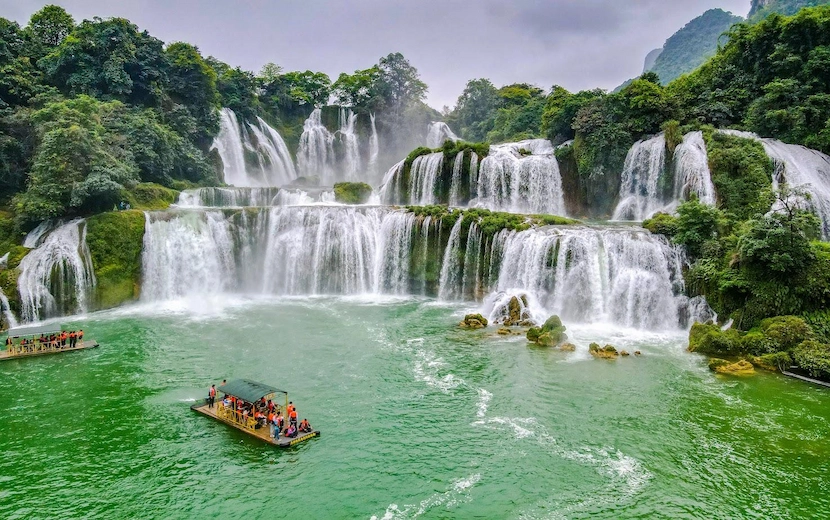
2.2. Nguom Ngao Cave: A year-round wonder
Nguom Ngao Cave existed for over 400 million years and was only opened for tourism in 1996. In the Tay language, Nguom Ngao translates to "tiger cave." Nestled in the mountainous region of Trung Khanh district, this limestone cave spans over 2100m in length. Stepping into Nguom Ngao Cave, you'll be mesmerized by the magnificent natural scenery of this Cao Bang tourist destination. Unique formations of limestone rocks, with captivating shapes and vibrant colors, adorn every corner.
Nguom Ngao cave offers cool air in summer and warmth in winter, making it one of the few Cao Bang attractions worth visiting any time of the year.
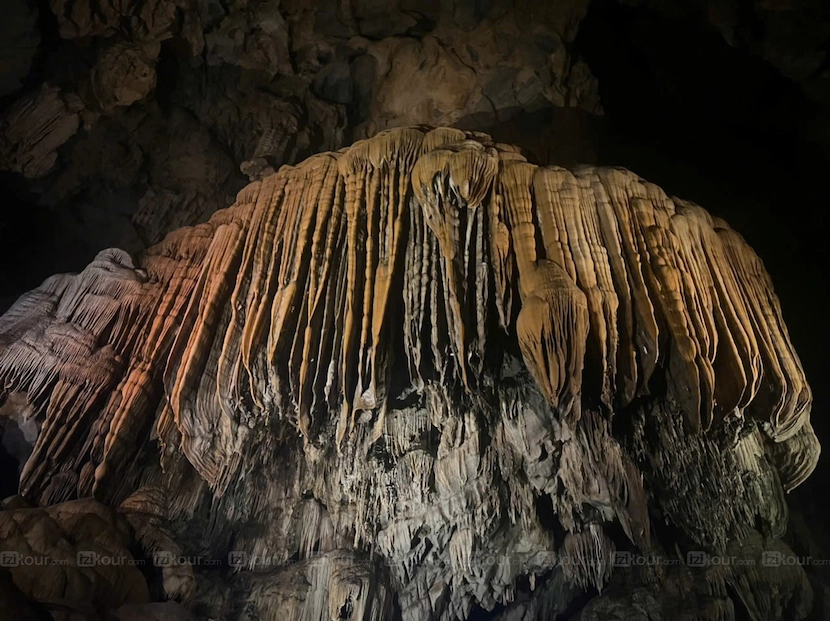
2.3. Khau Coc Tra Pass: Adventure on dry season
Khau Coc Tra Pass is one of the most beautiful mountain passes in Cao Bang province, leaving travellers in awe of the majestic beauty of nature. Renowned for its distinctive features, the pass is famous in Cao Bang for its challenging "15-level" winding road. Stretching nearly 2.5 km, Khau Coc Tra Pass connects Xuan Truong commune to the central border town of Bao Lac, adjacent to China.
Different from other mountain passes in Vietnam, Khau Coc Tra Pass is a magnet for both trekking enthusiasts and landscape photographers. The best time to explore Khau Coc Tra pass is between October and May each year. During this season, the weather is cool and favorable, and rain is scarce, ensuring the safety of travelers trekking through the forest.
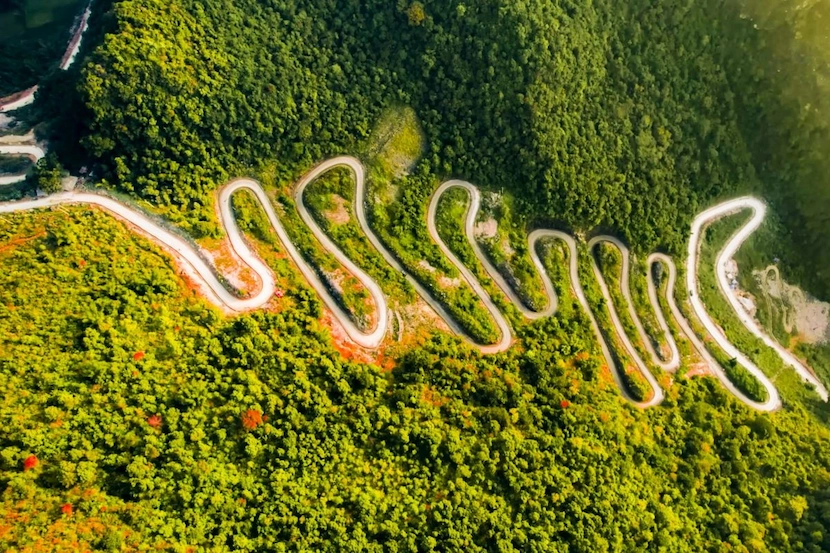
2.4. Thang Hen Lake: Visit in spring for natural beauty
Thang Hen Lake stands out as one of the most renowned tourist spots in Cao Bang. This lake is part of a cluster of 36 natural lakes situated at an altitude of nearly 1700m, interconnected through an underground cave system. Thang Hen Lake boasts some of the most picturesque scenery in Northern Vietnam, with its emerald waters reflecting the sky, surrounded by pristine virgin forests and vibrant wildflowers.
Although the lake's water may turn murky during the rainy season, the landscape remains as beautiful as a watercolor masterpiece amidst the mountains of Northeast Vietnam. In different seasons, Thang Hen Lake takes on its unique charm. The best time to visit Thang Hen Lake is during spring (February – April), the most stunning season of the year for the lake. During this period, the entire landscape is enveloped in a refreshing shade of green, with blooming flowers and cool weather, creating an ideal setting for boating and sightseeing.

3. Summary: When is the best time to visit Cao Bang?
| Season | Weather | Best for | Notes |
| Spring | Cool, dry | Hiking, flowers, handicraft villages | Less crowded |
| Summer | Warm, rainy | Ban Gioc Waterfall, cave exploring | Watch for storms |
| Autumn | Cool, clear | Scenery, photography, handicraft, cave exploring, ethnic villages | Most recommended |
| Winter | Cold, misty | Flowers, peaceful travel, handicraft villages | Good for adventurers |
The best time to visit Cao Bang truly depends on the kind of adventure you seek. While the weather is most pleasant from October to April, each season offers a unique charm that makes Cao Bang worth exploring year-round. Summer invites you to marvel at the powerful waterfalls in full flow, autumn wraps the hills in golden rice terraces perfect for dreamy hikes, spring bursts with fresh greenery and blooming flowers, and winter casts a misty, magical spell over the mountains. No matter when you go, you’ll find stunning landscapes, warm local hospitality, and unforgettable memories waiting for you.
We hope this seasonal guide helps you plan the perfect journey. If you need help planning a trip to Cao Bang, feel free to contact IZITOUR. We provides seasonal updates on Cao Bang weather and custom tours. Reach out for itinerary suggestions and best prices via email: [email protected] or leave your comment below.
Explore all Cao Bang tours at real-time prices
Related articles:
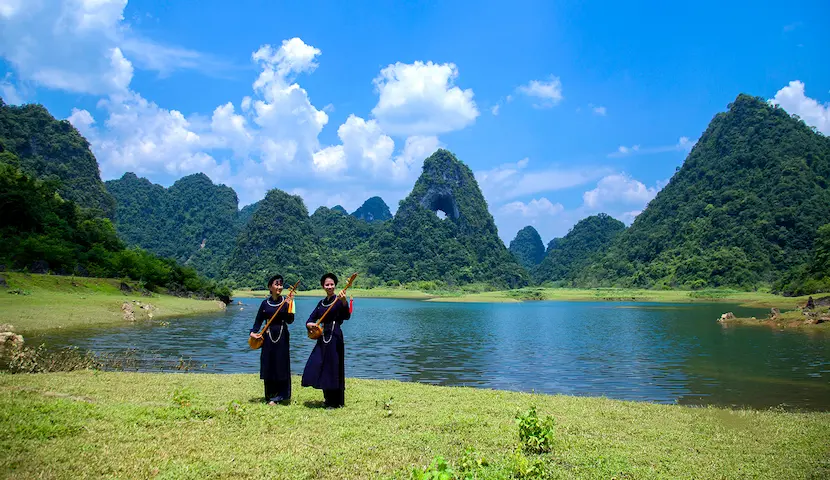






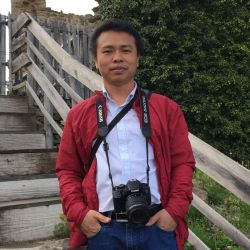
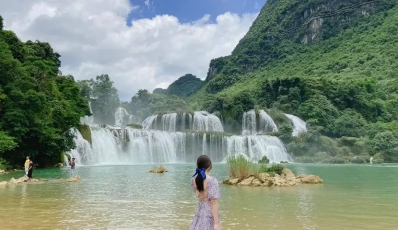
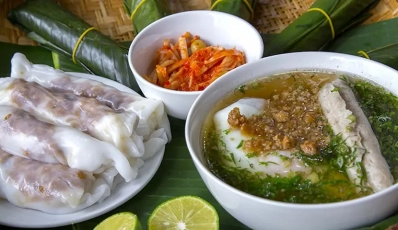
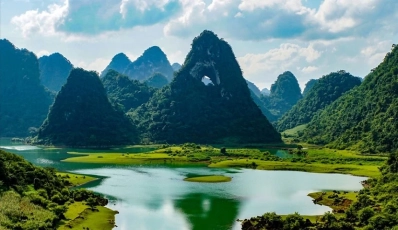
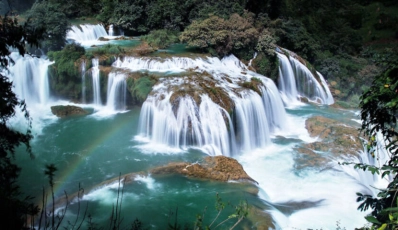
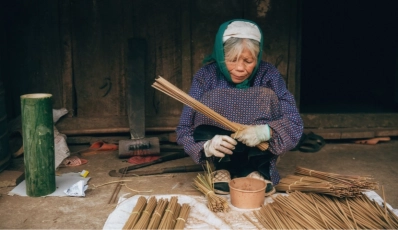
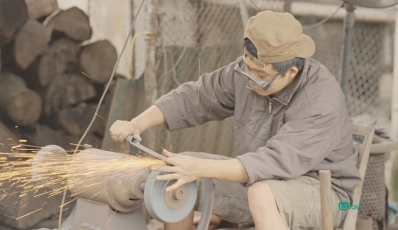
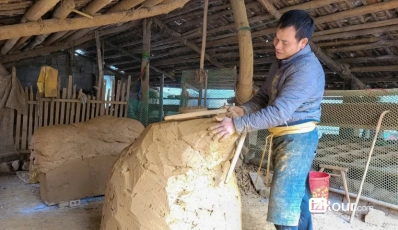
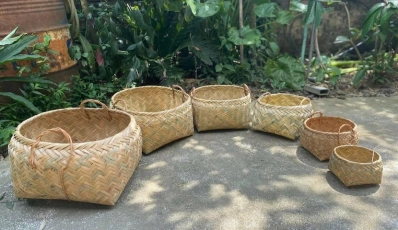
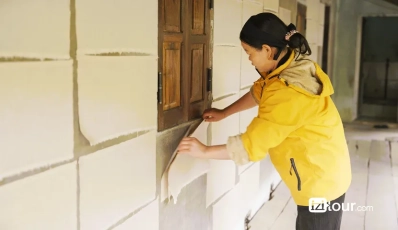
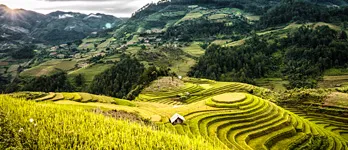
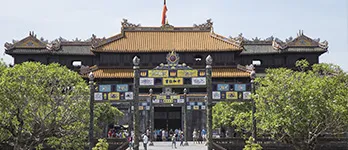


 TRAVELERS' CHOICE 2025
TRAVELERS' CHOICE 2025 


